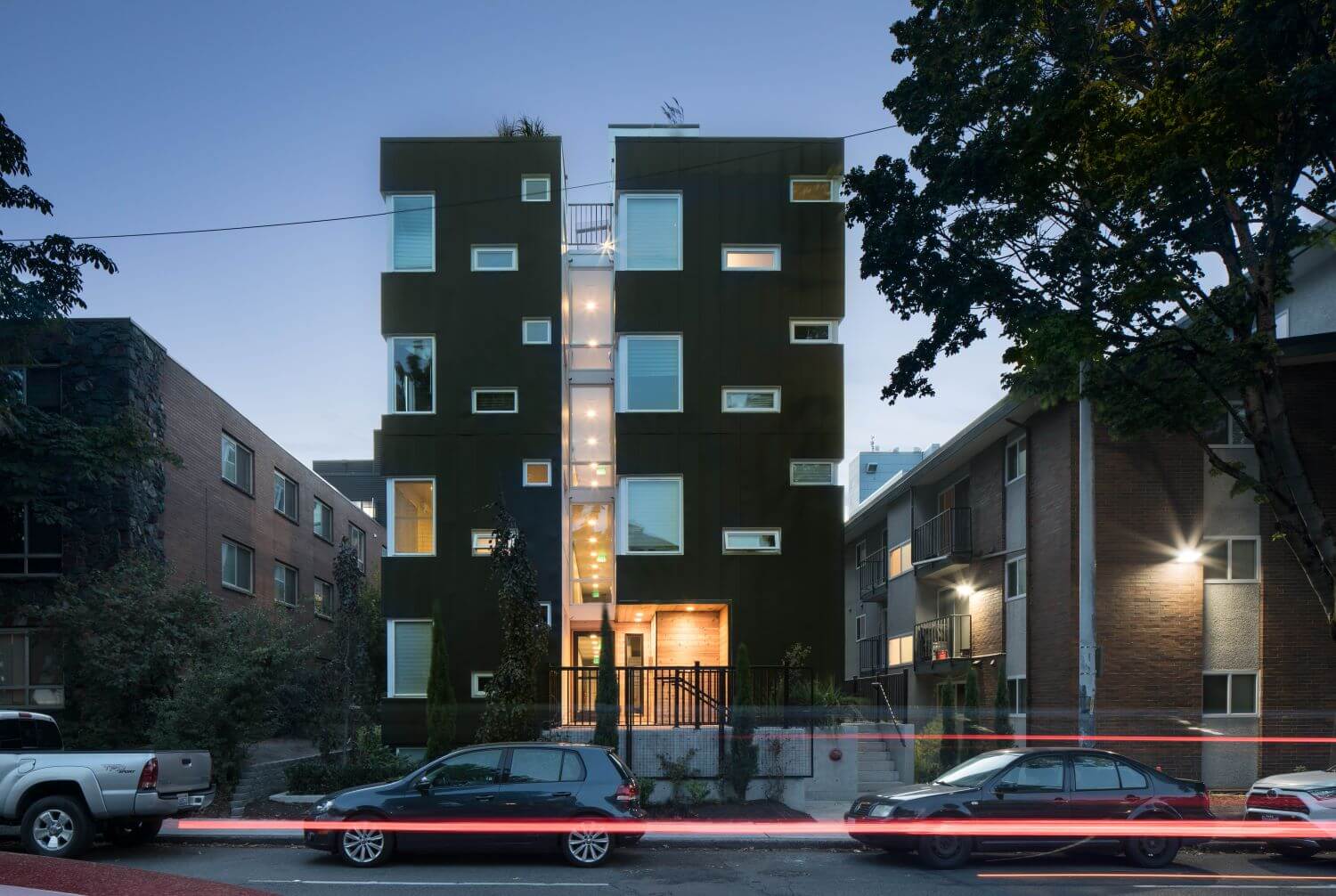Small Apartment Skyscrapers: A Solution to Urban Density

As cities continue to grow and populations increase, the demand for housing has skyrocketed. In response, architects and developers have turned to small apartment skyscrapers as a way to maximize space and provide affordable housing options in urban areas.

Characteristics of Small Apartment Skyscrapers

Small apartment skyscrapers are typically characterized by their height, which ranges from 20 to 40 stories. They are designed with small, efficient floor plans that maximize the use of space. Units typically range from 300 to 600 square feet and feature open-concept layouts, high ceilings, and large windows to create a sense of spaciousness.

Advantages of Small Apartment Skyscrapers

- Increased density: Small apartment skyscrapers allow for a high density of housing units in a relatively small footprint, making them ideal for urban areas with limited land availability.
- Affordability: By maximizing space and minimizing construction costs, small apartment skyscrapers can provide affordable housing options for a wider range of residents.
- Convenience: Small apartment skyscrapers often offer amenities such as fitness centers, laundry facilities, and rooftop terraces, providing convenience and a sense of community for residents.
- Sustainability: Small apartment skyscrapers can be designed to be energy-efficient and environmentally friendly, reducing their impact on the environment.






Challenges of Small Apartment Skyscrapers

- Space limitations: The small size of units in small apartment skyscrapers can be a challenge for families or those who need more space.
- Lack of privacy: Close proximity to neighbors can lead to privacy concerns, especially in units with shared walls.
- Limited storage: The small size of units can make it difficult to store belongings, requiring residents to be more organized and efficient with their space.
- Fire safety: The height of small apartment skyscrapers poses fire safety concerns, requiring robust fire protection systems and evacuation plans.






Examples of Small Apartment Skyscrapers

- 252 East 57th Street, New York City: This 60-story skyscraper features 111 micro-apartments ranging from 260 to 360 square feet.
- The Hive, Chicago: This 28-story building offers 400 micro-apartments ranging from 250 to 400 square feet, with shared amenities such as a rooftop deck and fitness center.
- The Stack, London: This 36-story skyscraper features 230 apartments ranging from 300 to 600 square feet, with a focus on sustainability and energy efficiency.





Conclusion

Small apartment skyscrapers offer a unique solution to the challenges of urban density and affordability. By maximizing space, providing convenience, and promoting sustainability, they are becoming an increasingly popular option for urban dwellers. However, it is important to consider the challenges associated with small apartment living, such as space limitations and privacy concerns, before making a decision.








